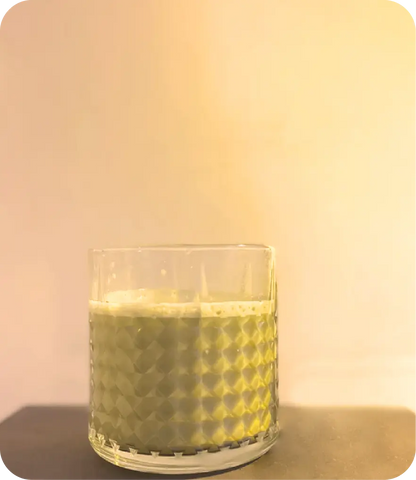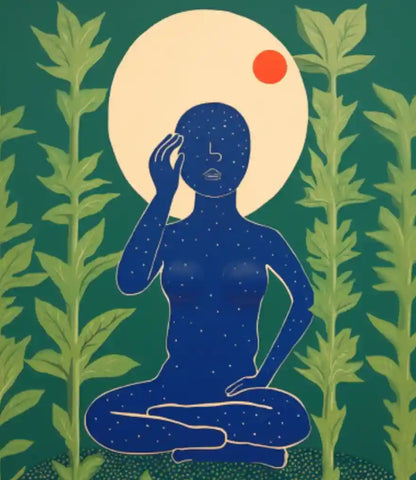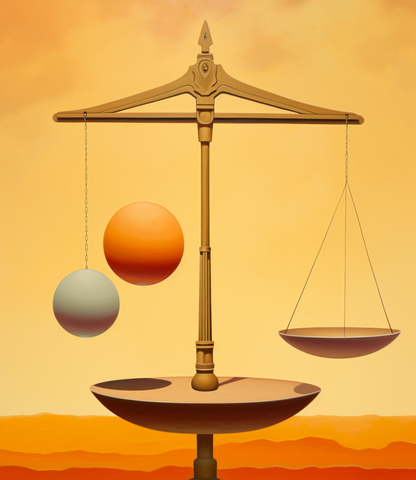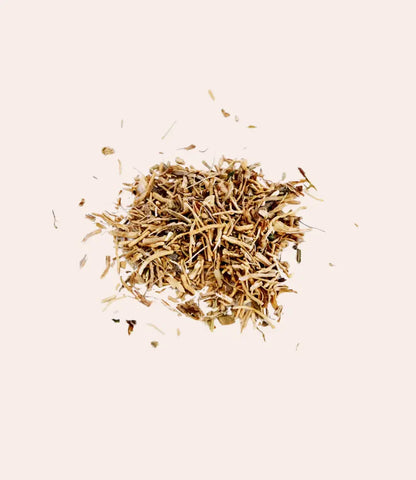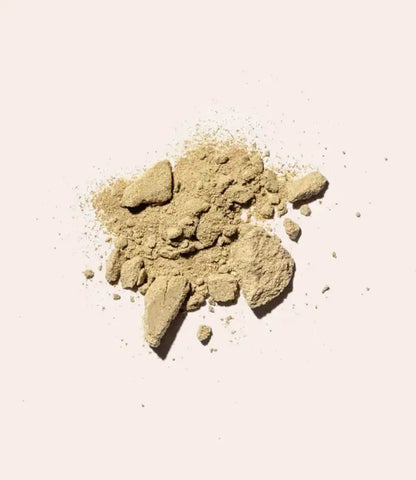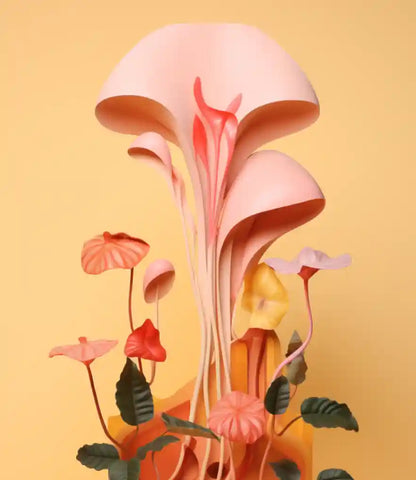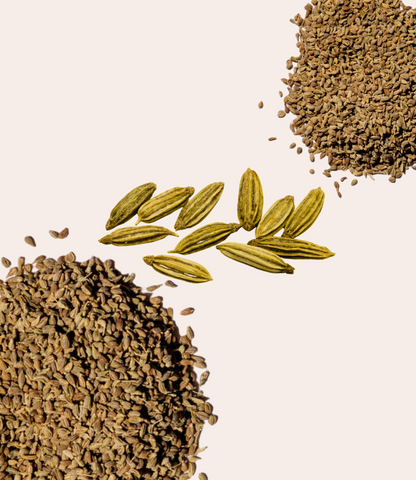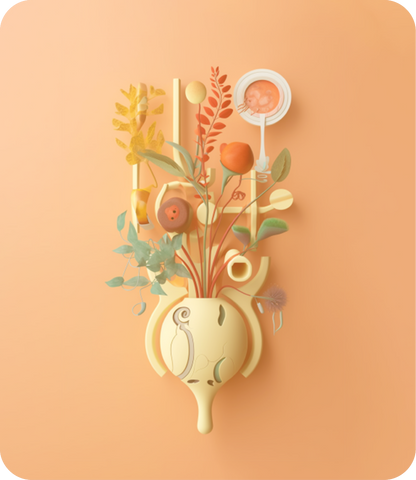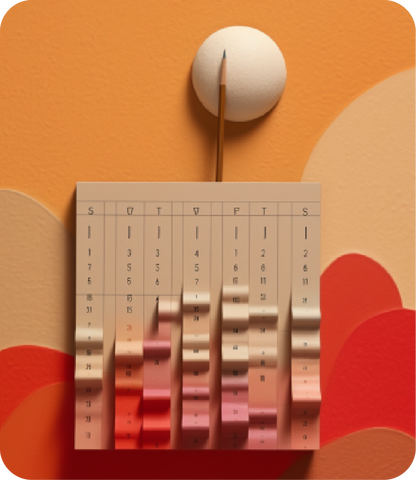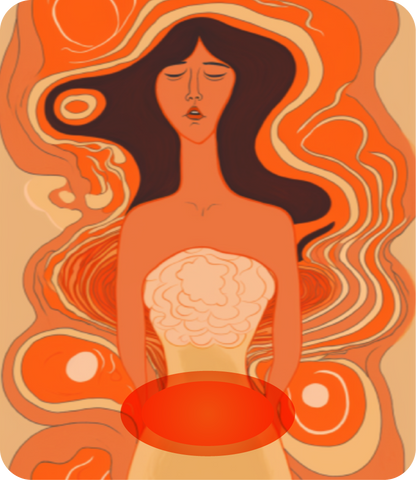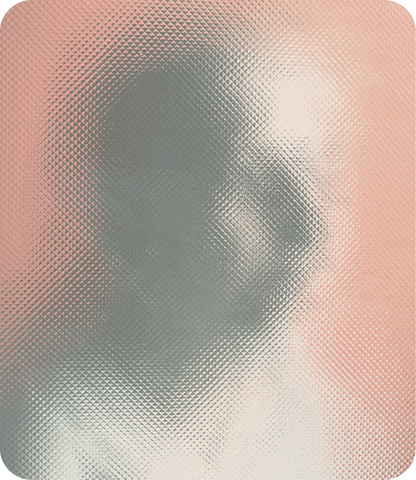
PMS and Cramps Are Not the Same
Riding the wave that is the menstrual cycle can get crazy. PMS (Premenstrual Syndrome) and menstrual cramps (dysmenorrhea) ripple through the lives of people with wombs flooding them with mixed emotions and symptoms. The feelings we express inside tell its story: “Why am I so hungry... It's been three days bloated already and I am over it... Am I really crying over this right now... Seriously, these cramps are at a 10 when they need to be at a 2.” Experiencing these symptoms can overwhelm daily life, especially when we don't know what phase of the menstrual cycle our bodies are going through.
This confusion stems further from the stigmas around PMS and cramps within our global society, even the scientific community. Restrictions around the conversations and studies for the conditions menstruating people endure have led to a hollow consensus of their root causes. Historically, period symptoms have been viewed as a "weakness" that gave ground to deny women opportunities in life. This lingering culture has bred anxiety around this essential conversation. Today it's common for women to overlook their symptoms. The belief that monthly discomfort is a justified norm will not suffice for modern life. To create more wellness one must understand the symptoms and timing of PMS and cramps. From this, we can decode our experiences and thus gain a better sense of the right course of specific treatment.
What is PMS?
Premenstrual Syndrome (PMS) occurs during the luteal phase. This takes place between ovulation and the start of a period. It typically lasts between 9 to 16 days or 14 days on average. An array of physical, psychological, and behavioral symptoms kick in due to hormonal changes in the body. Although there’s scientific debate about what exact hormones trigger it, it is believed that PMS is attributed to the hormonal fluctuations of progesterone and estrogen. Physical symptoms can arise such as:
- Tender swollen breasts
- Constipation
- Gassiness
- Cramping
- Headache
- Bloating
Behavioral signals of PMS vary from:
- Fatigue
- Insomnia
- Change in libido
- Food cravings
- Increased appetite
The psychological symptoms can fluctuate between various states such as irritability, depressed mood, crying and tearfulness, anxiety, tension, mood swings, lack of concentration, confusion, forgetfulness, restlessness, loneliness, decreased self-esteem, and tension.
Related to: The Science behind PMS
What causes menstrual cramps?
The start of a period marks the beginning of a new cycle and is followed by menstrual cramps, also known as “dysmenorrhea”. Cramps can start 1 to 3 days before your period and usually peaks 24 hours after the onset of your period to then subside in 2 to 3 days on average. Unfortunately, cramps are not the sole physical symptom that comes with a monthly moon. The cramping or throbbing pain in the lower abdomen can also be accompanied by pain that extends to your lower back and thighs, nausea, loose stools, headache, and dizziness. It is reported that between 50 to 90 % of people who menstruate are affected by dysmenorrhea. The prostaglandins produced in the body can be held accountable for these cramps. These fatty lipid compounds are released in the body to induce uterus contractions for the shedding of its lining.
PMS and menstrual cramps often blend into a whirlwind of bodily symptoms. Despite any confusion that arises, the reality is that the two conditions go hand in hand. PMS symptoms typically begin 1-2 weeks prior to your period, overlap into the first few days of the period, and then usually subside after the first few days. Subsequently, menstrual cramps occur with the arrival of a period and dwindle in intensity, depending on any existing health conditions.
The delicate dance between PMS & cramps
Distinguishing the unique schedule and duration of PMS and cramps in your own body can easily be done through cycle tracking. Try free mobile apps such as Clue or Eve that provide a tracking calendar and cycle predictions based on historical input. Cycle trackers help to maintain a consistent log of symptoms and the time between each phase. Over time, you can become well acquainted with the body’s natural rhythms to anticipate when certain symptoms arise throughout the menstrual cycle. Taking care of your body during these cyclical changes does not have to end at tracking though. You can align your lifestyle with a more pleasant period throughout your cycle by modifying your daily habits.
- Plan de-stressing activities around your calendar
- Ease muscle tension and bodily discomfort with light exercise (Give yoga a try!)
- Eat anti-inflammatory foods with high antioxidants (Think: lots of berries and leafy greens!)
For the pain that arises and lingers while experiencing PMS or cramps, you can swap over-the-counter medicines for herbal supplements. In addition to promoting psychological ease, herbs serve as an exceptional holistic alternative to pills for treating physical symptoms that arise during the period. Ingredients such as red raspberry leaf is known to aid in uterine health to reduce symptoms of PMS and menstrual cramps with regular use (mhm! moon + mood).
Also, passionflower and mugwort are two herbal staples that can be used to quiet your period cramps. Passionflower has an antispasmodic effect to ease the muscle spasms and cramps that come with your period, whilst mugwort gently eases the nervous system and menstrual cramps (happy period).
Managing life around the womb’s many cycles requires us to understand our individual cyclical nature. With consistent, intuitive observation, it becomes easier to decipher the language of our bodies. Noting the symptoms that mark the phases of our cycle helps to bring clarity to the progressions of our monthly moon and to find grounding within as they change.
Related to: Beat the Bloat: 5 Remedies for Menstrual Bloating
Sources
Kho KA, Shields JK. Diagnosis and Management of Primary Dysmenorrhea. JAMA. 2020 Jan 21;323(3):268-269. doi: 10.1001/jama.2019.16921. PMID: 31855238.A
merican College of Obstetricians and Gynecologists - Premenstrual Syndrome (PMS) https://www.acog.org/womens-health/faqs/premenstrual-syndrome
Gudipally PR, Sharma GK. Premenstrual Syndrome. [Updated 2022 Jul 18]. In: StatPearls [Internet]. Treasure Island (FL): StatPearls Publishing; 2023 Jan-. Available from: https://www.ncbi.nlm.nih.gov/books/NBK560698/











